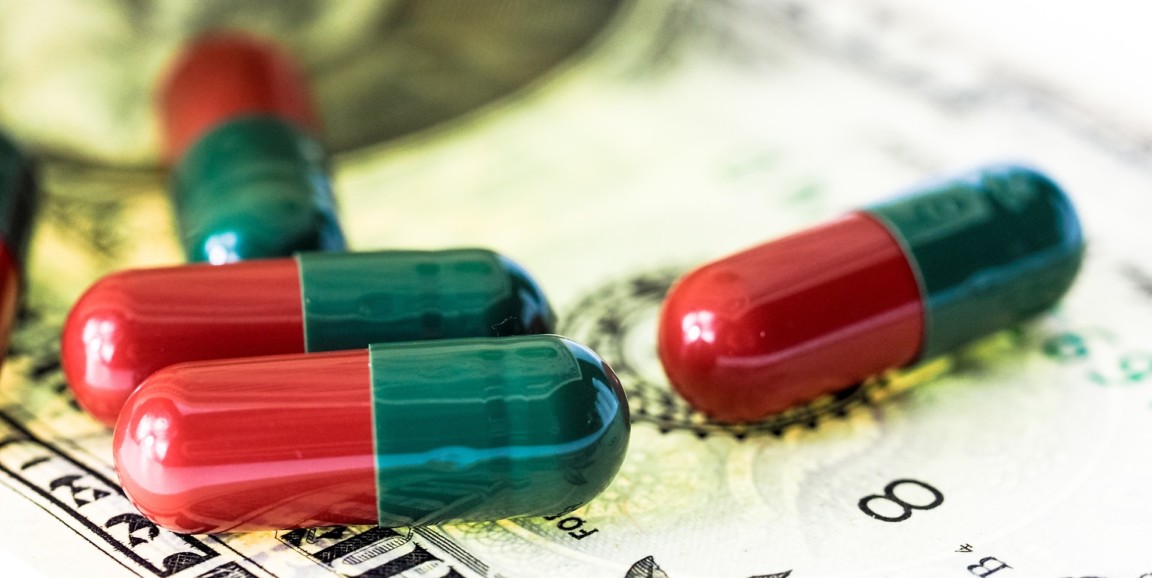Kevin Schulman, MD, MBA, has devoted his career to explaining the complexities of the U.S. health system and to teaching clinicians and business school students about the economics of medicine. Last summer, he joined Stanford Medicine’s Clinical Excellence Research Center (CERC), which aims to design and evaluate innovations that “reduce the cost of great care,” as Schulman succinctly puts it.
Part of his mission, Schulman told me recently, has been to demystify the extremely complex topic of prescription drug prices in the United States. To this end, he has a new paper out that unpacks some of the dynamics of the current pricing system and the potential effects of other approaches to this market.
“We all want innovation. We all want new therapies. But at the same time, none of us are all that happy with how much money we’re paying for health care today,” said Schulman, a professor of medicine. “One of the pushbacks that I get, if I say the price of drugs is too high, the knee-jerk on the other side is if we do something to reduce the price of drugs, then we’re not going to get any new drugs. That’s probably not the case.”
The U.S. reliance on health insurance as a payer skews economic incentives in the prescription drug market, Schulman told me. The mismatch is explained by an economic concept called “moral hazard” — essentially, people are more likely to want more costly medications when a third party foots most of the bill.
This has an effect on suppliers: they incorporate this behavior into pricing decisions for new products and services. For example, consumers could perceive that a high-priced drug is good value if they have a life-threatening condition and health insurance. Pharmaceutical companies can take advantage of this “price-inelastic demand” by increasing the overall price of the drug. That hike is amplified for the health insurer (or employer) because the insurer generally pays a higher percentage of the cost — say 80 percent or so compared to the patient’s 20 percent.
As Schulman explained,
The impact of moral hazard on supply is that drug companies can set the price much higher because they know you have insurance to cover most of the cost and they know your behavior.
His paper explores four ways this effect can be controlled. Competition can work, as it did when alternatives to the hepatitis C drug Sovaldi hit the market and drove its $84,000 price down. However, some therapies are unlikely to have viable substitutes.
Government-funded monetary prizes for drug discovery leave limited incentives for companies to develop and distribute new medications. Conversely, federal regulation of profits holds the potential to discourage capital investment in drug development.
In a fourth option, manufacturers price a drug based on its cost-effectiveness, considering the size and characteristics of the patient population with the condition, the potential efficacy of the therapy, and how much money the new drug saves the health system. This approach distorts the overall portfolio of products that come to market and encourages development of very high-priced specialty drugs.
The federal government is poised to indirectly try out a version of this model, Schulman said. Last month, Medicare proposed a pilot project that would base prices for some drugs administered by doctors or in hospitals on what other countries pay, a model called “reference pricing.” Some countries likely to be included as a reference arrived at their prices through cost-effectiveness analysis, Schulman noted.
Though none of these approaches is perfect, the United States has no choice but to seek out a new model for paying for pharmaceuticals and other medical services, he said:
By 2025, Medicare is going to be running an annual deficit of $542 billion, a deficit that is going to continue to grow each year… We’re facing this huge demographic change with the aging of our population, and financially, we can’t afford the current approach. We have to change.
Photo by TBIT




